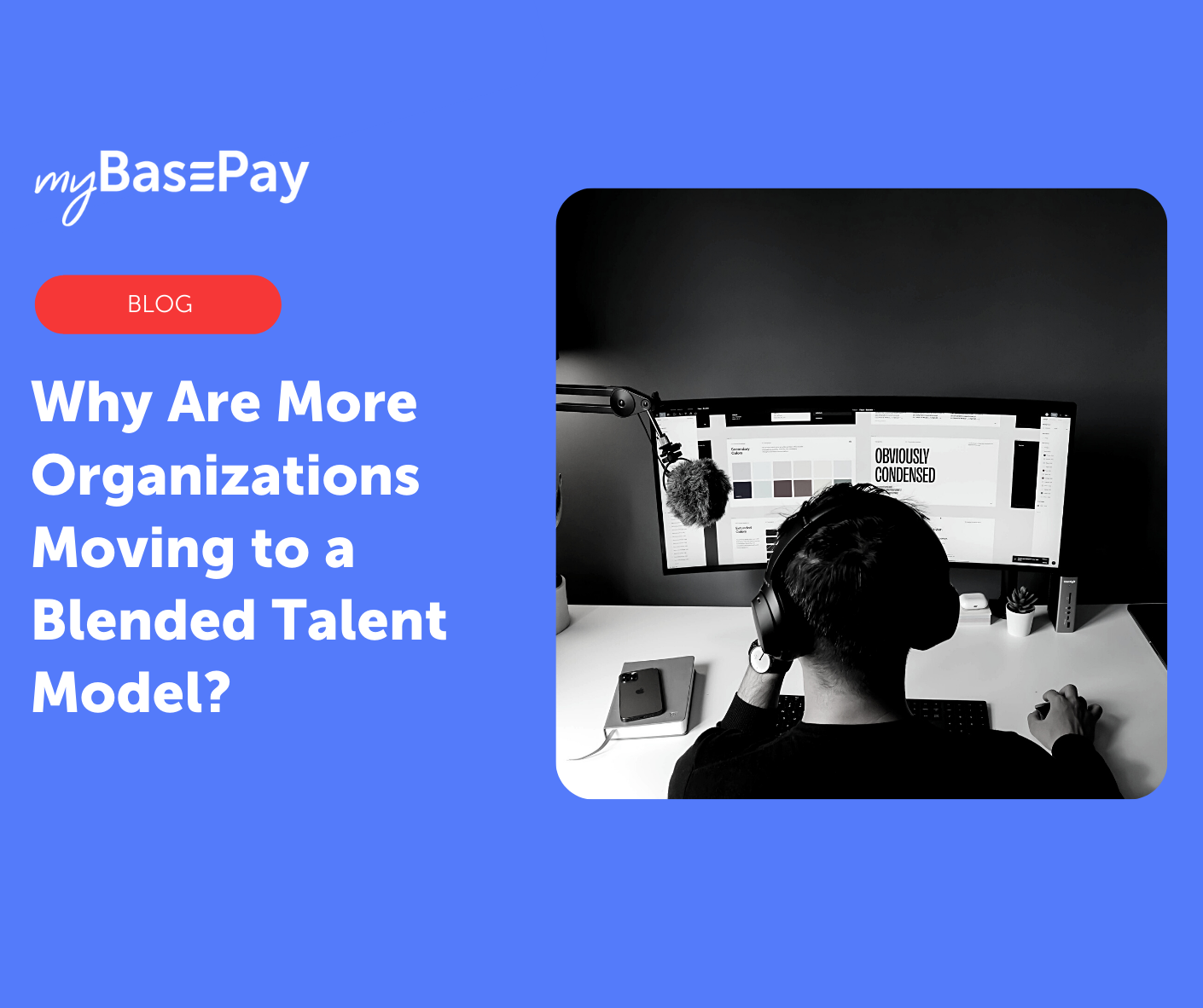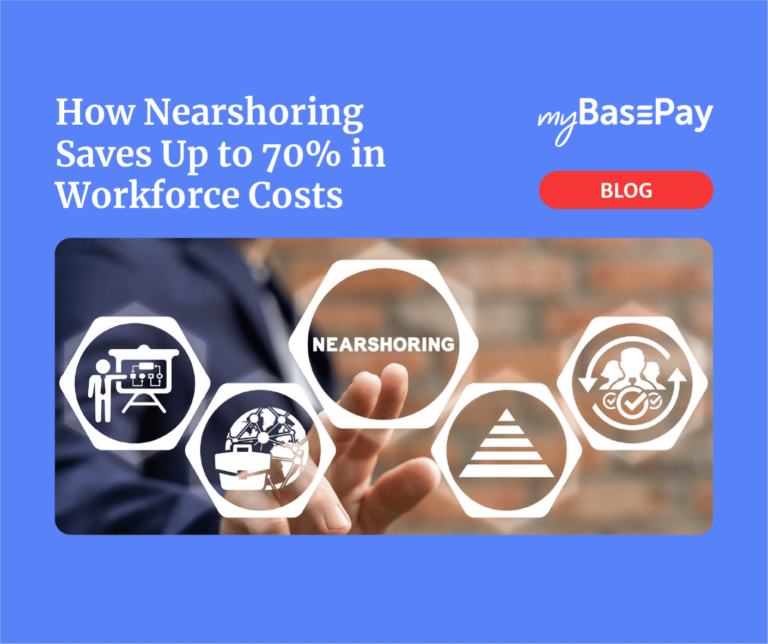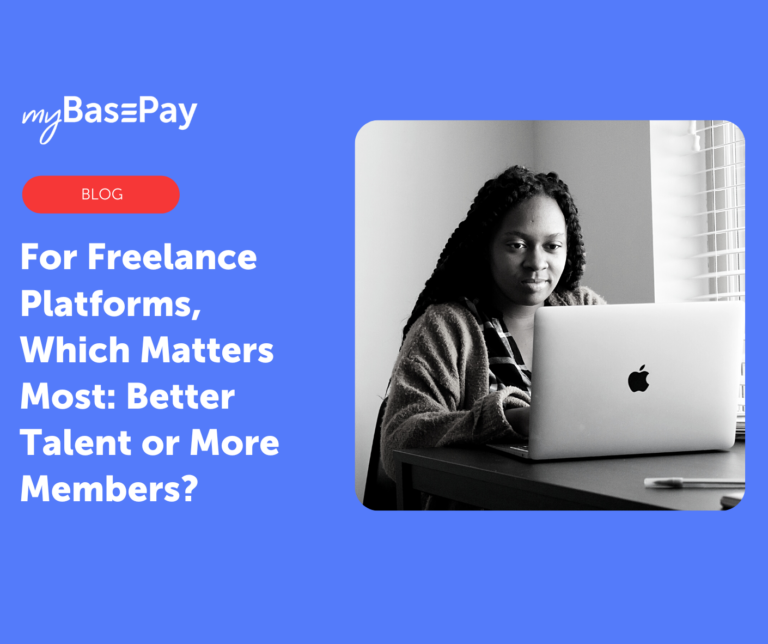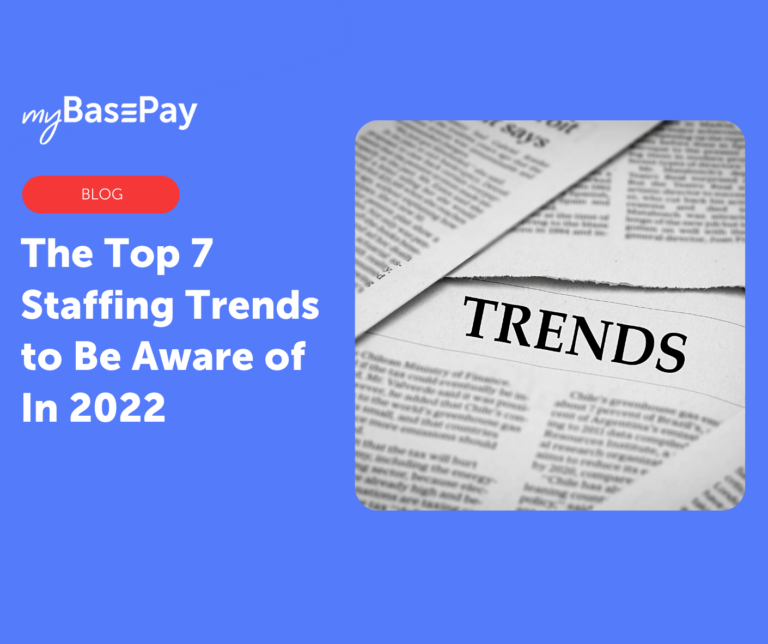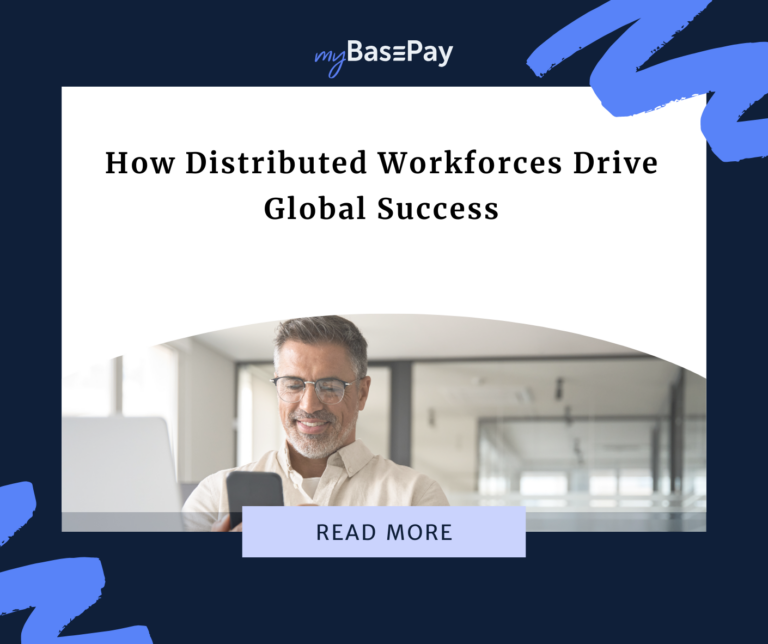Why Are More Organizations Moving to a Blended Talent Model?
Traditionally, most work organizations would rely primarily on full-time workers. Now, however, this is starting to change as more companies move toward what is known as a “blended talent model” — a workforce that sees both permanent and contingent workers (or freelancers) working in tandem on tasks for the company.
There are several reasons why organizations are moving to a blended talent model, many of which are driven by workers themselves. Here is a closer look at what is behind this trend and what it entails for your own team.
Workers Driving Change
The rise of the blended workforce is largely due to changes in worker priorities. Many workers are seeking greater financial stability, and this often takes the form of seeking supplementary income in addition to their full-time jobs. Pew Research indicates that 15 percent of American adults were laid off due to the COVID-19 pandemic in 2020.
Even though the worst employment effects of the pandemic have largely been mitigated, financial instability remains a serious concern, with inflation reaching four-decade highs and prices rising on essential commodities like food and gas.
These and other financial pressures are causing many people who already have a traditional full-time or part-time job to seek greater financial security through contract work.
Working in the contract or “gig” economy also gives workers more control over their career. They are able to work on their own terms, and choose which projects they want to take on. Notably, Upwork’s Freelance Forward 2021 survey found that 68 percent of freelancers felt that this type of work gave them “career ownership.” Seventy-eight percent cited flexible schedules as a key motivation behind doing freelance work.
Finally, the proliferation of online marketplaces means it is easier than ever for contingent workers to find worthwhile employment opportunities that match their interests, skills and schedule. Because so many of these opportunities enable remote work (another highly valued attribute by many freelancers), skilled contingent workers aren’t forced to relocate to obtain a more desirable job.
With so many compelling reasons to participate in contingent work, it shouldn’t come as a surprise that Statista estimates that freelancers will become the majority of the U.S. workforce by 2027.
Key Benefits for Employers
While workers are driving many of the changes causing more employers to adopt a blended workforce, there is no denying that businesses also stand to benefit from this model.
A blended workforce gives organizations much greater scalability and flexibility. Just like how online hiring platforms enable contingent workers to easily find freelance opportunities, these platforms also allow organizations to quickly source top talent for specific projects.
Because contingent workers essentially act as an “on-demand” workforce, they allow companies to scale up and down as needed, without the contractual complexities of hiring and laying off full-time workers.
Contingent workers are typically hired for the duration of a specific project, and are released when the work is done. This makes much more sense financially than hiring a permanent employee and then trying to figure out what to do with them after the project they were needed for is complete.
A blended workforce enables organizations to hire full-time employees for the tasks and responsibilities that will be necessary for the long-term. They can then reduce their staffing overhead by hiring contingent workers as needed for short-term work or one-off projects that aren’t part of the core operations. Since contract workers aren’t provided health insurance, company equipment or other benefits, they can further lower operating expenses.
Adding contingent talent to your full-time staff can also diversify your team in valuable ways. Contingent workers can come from anywhere in the country — or even outside the country — bringing in different perspectives that can fuel innovation when they work alongside your full-time team. Because you aren’t limited to hiring from your immediate geographic area, you also gain greater access to qualified talent in areas outside of your current team’s areas of proficiency.
Blended Workforce Challenges
While a blended workforce offers several potential advantages to employers, there are also some key challenges that must be carefully managed to ensure successful outcomes.
First is the need for collaboration between full-time and contingent teams. This can get especially complex when contractors are located in different cities or time zones from your home office. Digital communication and project management tools are essential for helping contingent and full-time staff collaborate on projects together. Team chats, video conferences and emails should include both full-time and contingent workers.
This not only ensures that projects proceed smoothly, but it also helps avoid the possibility of contractors being treated like second-class citizens within your organization. Your employer brand is key to retaining and acquiring top contingent talent. A streamlined and enjoyable work experience will generate positive word of mouth and encourage quality contractors to work with you again in the future.
Businesses must also be careful when navigating compliance issues. The IRS issues significant fines when it determines that a full-time employee was incorrectly classified as a contingent worker. Properly classifying each new hire and ensuring that the scope of their work and responsibilities are in line with their classification are key to avoiding regulatory problems.
When these issues are properly addressed, the use of a blended workforce can help your company achieve its growth goals in a financially sustainable manner.
Get Critical Help Through myBasePay
While a blended workforce offers several advantages to both workers and employers, the new set of complexities that it introduces can be a challenge for your HR team. This is particularly true in areas of compliance.
myBasePay helps alleviate these concerns with a full suite of back-office solutions that elevates the employer of record (EOR) landscape. From compliance administration to invoicing and payroll, myBasePay ensures that you remain compliant with applicable regulations and provide a high-level employment experience for contingent workers.
By allowing you to take full advantage of the blended workforce while mitigating the potential risks, you can scale your organization with confidence.
Author: Cesar Jimenez, myBasePay CEO
Cesar A. Jimenez is an entrepreneur, investor, and military veteran with over 25 years of staffing industry expertise successfully leading technology staffing organizations. His expertise in the IT industry allows him to use his experience as a thought leader for talent acquisition, staffing, IT, and recruitment technologies with a passion for contingent workforce solutions. Cesar has held various leadership roles for both a global staffing organization and technology solutions companies. This expertise has enabled him to develop alternative workforce models that provide the agility for organizations to be competitive in today’s marketplace. In his spare time, he enjoys spending time with hisfamily, working out, and coaching high school baseball players.
